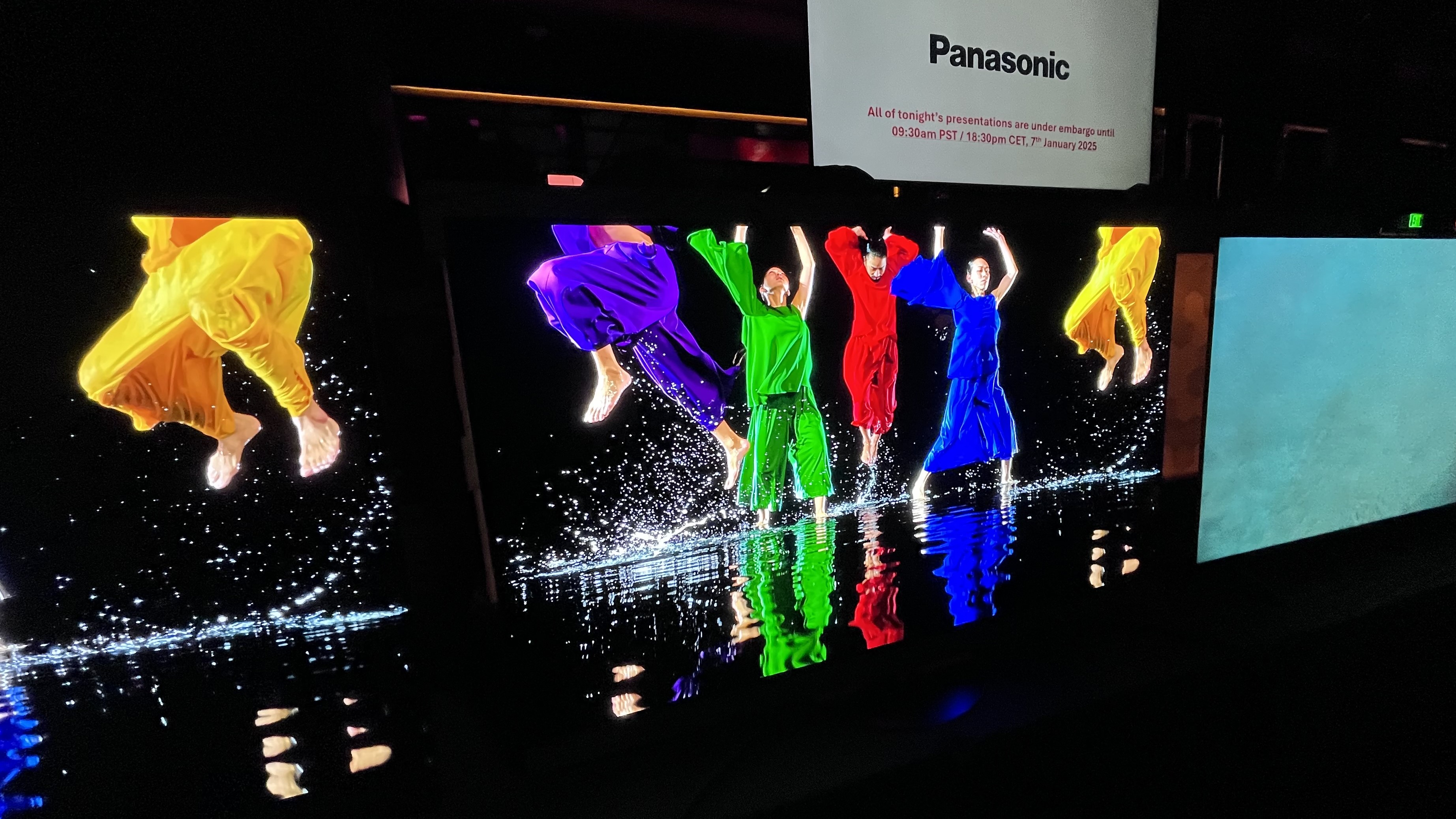- Panasonic’s president is considering a sale of its TV business
- The manufacturer is struggling in a crowded TV market
- No interested buyers have been confirmed so far
Panasonic is one of the best TV makers on the market today – but given how crowded that market has become, even Panasonic is having to consider whether its TV business is sustainable in the long term.
According to a report in Nikkei (via FlatpanelsHD), the Japanese electronics manufacturer is considering a sale of its TV business, after company president Yuki Kusumi declared on an online earnings call that “We are prepared to sell it if necessary, but we have not yet decided on a plan.”
The news comes only months after Panasonic confirmed an 80% sale of its projector business with financial services group ORIX, suggesting more measures may be required to balance the company books.
But given the sheer quality of so many Panasonic TVs – many of which I’ve had the pleasure of reviewing – it’d be a true shame if we had to say goodbye to its TV lineup as we know it.

What’s the issue?
Panasonic is a name of some prestige in the TV market, thanks partly to the company’s great history in plasma TVs, partly to glowing reviews of models such as the Panasonic Z95A, and partly to its close links with Hollywood colorists, with Panasonic touting its OLED TVs has being used as master monitors during film production.
Panasonic TVs tend to excel at accurate color reproduction and good motion processing, and have often led the way with high-end features such as automatic brightness adjustment (Dolby Vision IQ) or advanced built-in Dolby Atmos speaker systems, resulting in its TVs ranking among the best TVs for sound.
Panasonic’s MyHomeScreen smart platform has often lagged behind other TV operating systems such as Samsung’s Tizen or LG’s webOS, but its products are still a consistent contender among elite TVs.
However, despite its commercial connection to Hollywood, Panasonic TVs haven’t been on sale for US citizens in around a decade. The company pulled from the US consumer market in 2016 in the face of widespread, low-cost LCD production, which coincided with flagging sales of the plasma TVs Panasonic had become synonymous with.
These days, Panasonic makes some of the best OLED TVs, but then again so does LG, Sony, Philips, and even the long-time OLED detractor Samsung.
And while Panasonic has since re-entered the US market, and released a series of OLED TVs featuring Amazon’s Fire TV smart platform, it may be a little too late for the company to catch up with the competition.
A new era?
Of course, a sale of Panasonic’s TV business could see the line-up continue under the guidance of another electronics company – and it’s possible that the Panasonic name could continue to be used on TVs under license, much as with Toshiba or Sharp TVs today.
As a fan of Panasonic’s TVs, I’d certainly be concerned of a drop in quality in this case, or a pivot away from Panasonic’s blockbuster OLED reputation – the models it makes feel so uncompromized, and it’s hard to imagine them staying that way if another company took over.
By the sounds of it, there isn’t a confirmed buyer yet for Panasonic’s TV business, and executives are looking to address several areas of Panasonic’s expansive electronics empire, including consumer appliances, industrial devices (motors, sensors, compressors) and mechatronic systems – meaning the TV business might not be the first thing on the auction block.
But Kusumi spoke of “drastic measures” to come by the end of the 2025/2026 financial year, so it’s clear that everything is on the table. I just hope that the fruits of Panasonic’s TV labor won’t disappear in the process.
You might also like
This articles is written by : Nermeen Nabil Khear Abdelmalak
All rights reserved to : USAGOLDMIES . www.usagoldmines.com
You can Enjoy surfing our website categories and read more content in many fields you may like .
Why USAGoldMines ?
USAGoldMines is a comprehensive website offering the latest in financial, crypto, and technical news. With specialized sections for each category, it provides readers with up-to-date market insights, investment trends, and technological advancements, making it a valuable resource for investors and enthusiasts in the fast-paced financial world.
